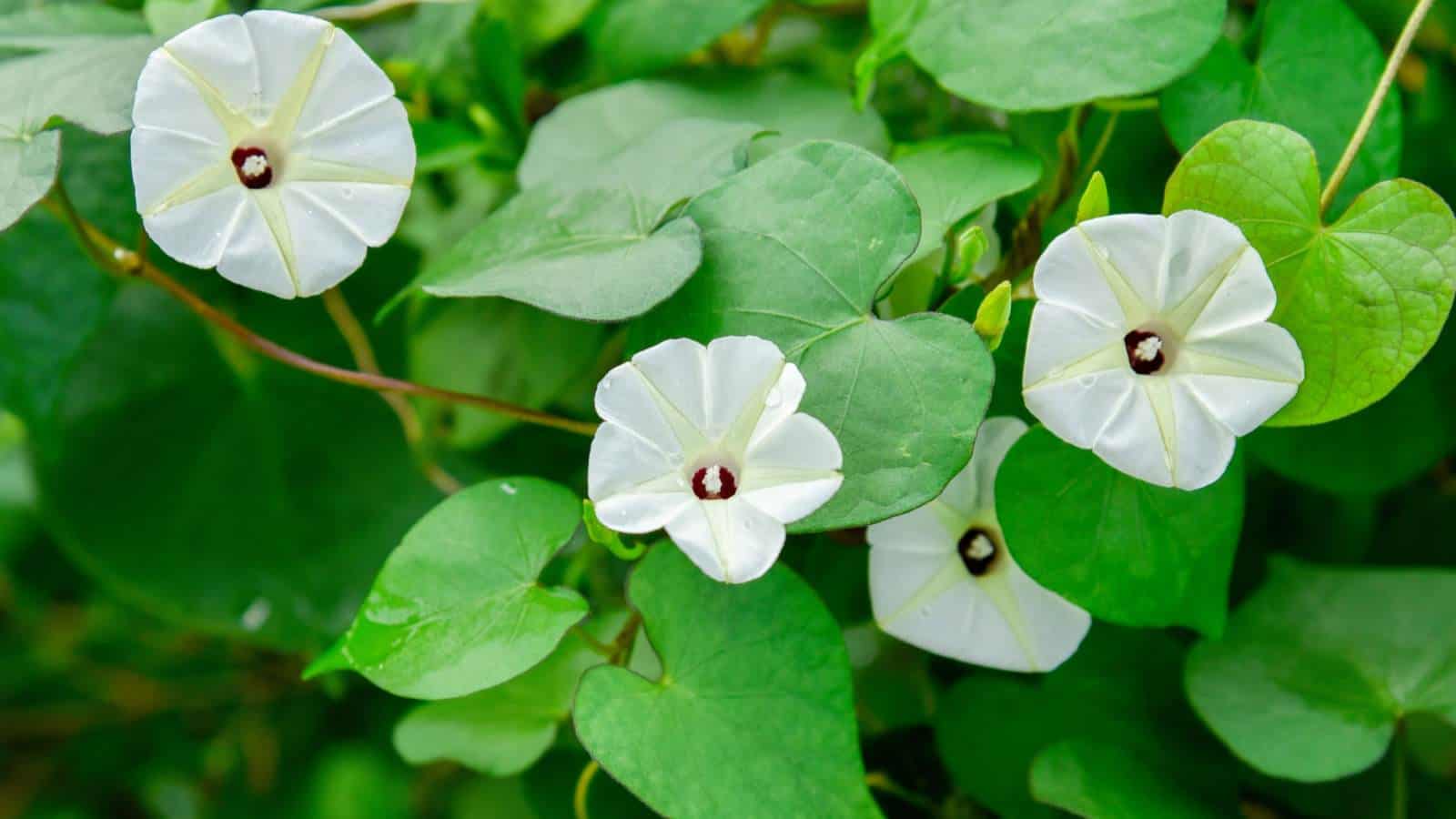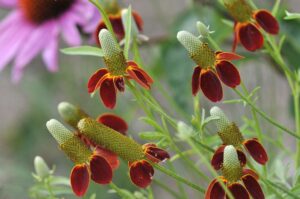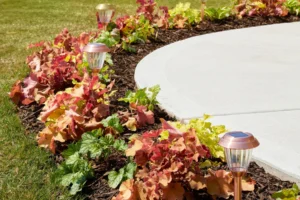How to Grow and Care for Moonflower: Complete Guide
Moonflowers (Ipomoea alba) are enchanting night-blooming plants that can transform your garden into a magical nocturnal oasis. With their large, fragrant white blooms that unfurl at dusk, these climbing vines create a stunning display that can enhance any garden space. Whether you’re an experienced gardener or just starting out, this comprehensive guide will walk you through everything you need to know about growing and caring for these captivating flowers.
What Is a Moonflower?
Moonflowers are tropical perennial vines in the morning glory family (Convolvulaceae). In the United States, they’re typically grown as annuals except in USDA zones 10-12, where they can survive year-round. These impressive climbers can reach heights of 10-20 feet in a single growing season, making them perfect for covering trellises, fences, or arbors.
The most distinguishing feature of moonflowers is their bloom cycle. Unlike most flowers that open during the day, moonflower blooms unfold in the evening, typically within a matter of minutes as the sun sets. The large, trumpet-shaped white flowers can reach 6 inches in diameter and emit a sweet, intoxicating fragrance that attracts night-flying moths for pollination. By morning, the blooms close up, only to repeat the magical display the following evening.
According to the USDA Natural Resources Conservation Service, moonflowers are native to tropical regions of the Americas but have naturalized throughout many warm regions worldwide.
Benefits of Growing Moonflowers in Your Garden
Adding moonflowers to your landscape offers several advantages:
- Evening Garden Enhancement: Creates visual interest and fragrance when most other flowers are closed
- Pollinator Support: Attracts night pollinators like hawk moths, contributing to local ecology
- Low Maintenance: Requires minimal care once established
- Privacy Screen: Dense foliage provides seasonal privacy when grown on structures
- Conversation Starter: Unique bloom behavior makes for an interesting garden feature
When and Where to Plant Moonflowers
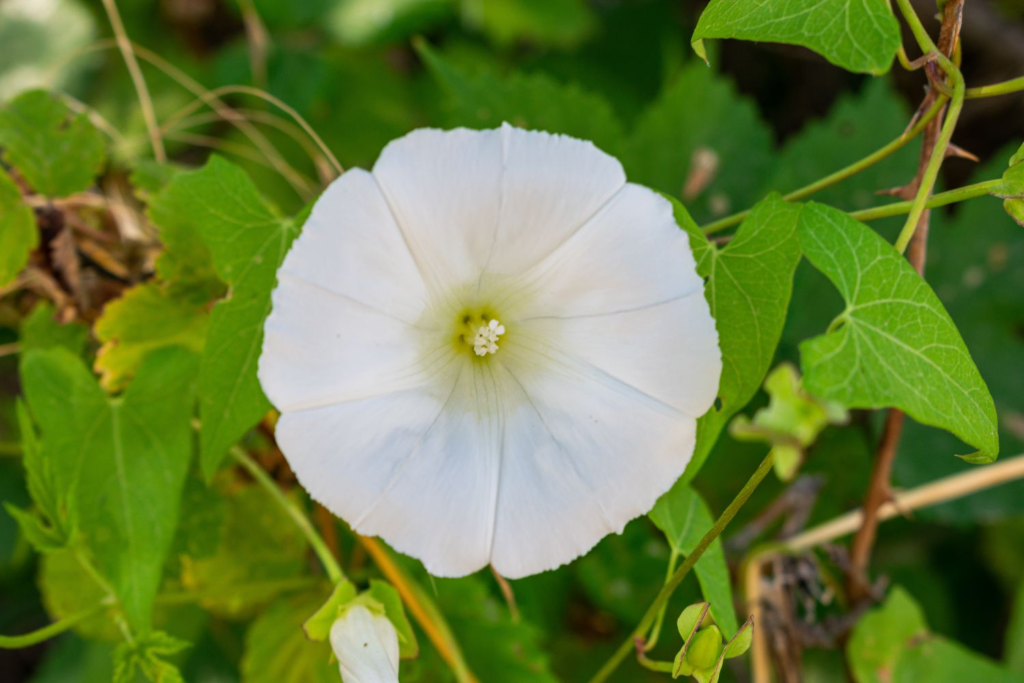
Timing Your Planting
Moonflowers are heat-loving plants that cannot tolerate frost. For best results:
- In most of the US: Start seeds indoors 4-6 weeks before your last spring frost date
- In warm climates (zones 9-12): Direct sow after all danger of frost has passed
- Soil temperature: Wait until soil temperatures reach at least 65°F (18°C) for direct sowing
Selecting the Perfect Location
Choosing the right spot is crucial for moonflower success:
- Sunlight: Select a location that receives full sun (6+ hours daily)
- Support structure: Place near a trellis, fence, or arbor for the vines to climb
- Soil drainage: Ensure the area has good drainage; moonflowers dislike wet feet
- Protection: Choose a spot with some protection from strong winds
- Viewing access: Consider planting where you can enjoy the evening display from a patio or window
Soil Preparation and Planting Requirements
Soil Conditions
Moonflowers aren’t particularly fussy about soil but perform best with:
- Soil type: Well-draining, moderately fertile soil
- pH level: Slightly acidic to neutral (6.0-7.0)
- Amendments: If your soil is heavy clay, amend with compost to improve drainage
- Nutrients: Incorporate a balanced, slow-release fertilizer before planting
Planting Process
Follow these steps for successful moonflower planting:
- Seed preparation: Nick the hard seed coat with a file and soak seeds in warm water for 24 hours before planting to improve germination
- Planting depth: Sow seeds ¼ to ½ inch deep
- Spacing: Space plants 6-12 inches apart
- Watering: Water thoroughly after planting
- Mulching: Apply a 2-inch layer of mulch to retain moisture and suppress weeds
Moonflower Care and Maintenance
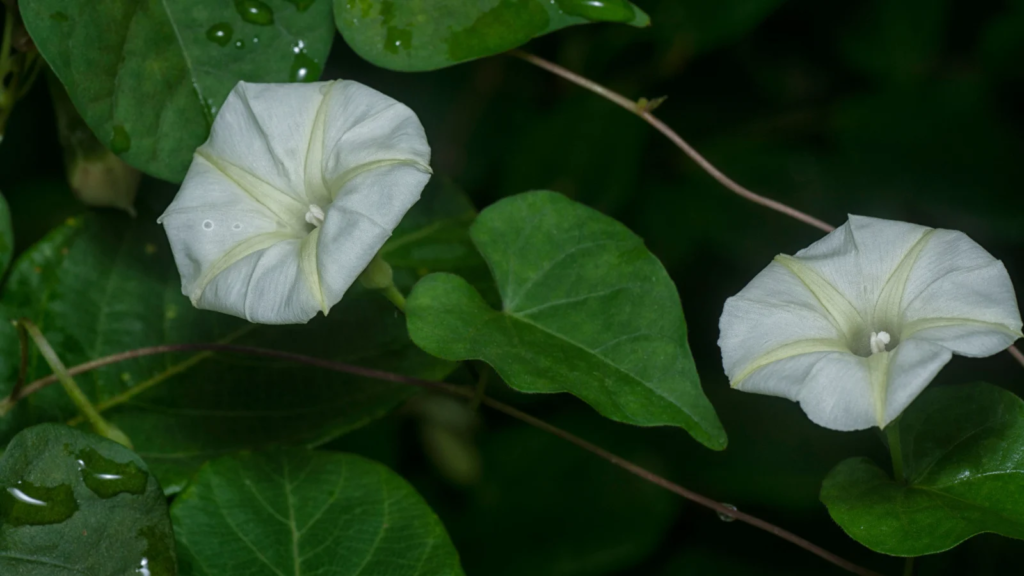
Watering Guidelines
Proper watering is essential for healthy moonflowers:
- Establishment phase: Keep soil consistently moist (not soggy) until plants are established
- Established plants: Water deeply when the top inch of soil feels dry
- Technique: Water at the base to avoid wetting foliage, which can lead to fungal issues
- Timing: Water in the morning when possible
Fertilization Schedule
Moonflowers benefit from modest fertilization:
- Initial feeding: Mix a balanced, slow-release fertilizer into the soil at planting time
- Growing season: Apply a diluted liquid fertilizer monthly during the growing season
- Caution: Avoid high-nitrogen fertilizers, which can promote lush foliage at the expense of flowers
Training and Support
As vigorous climbers, moonflowers need guidance to grow properly:
- Initial training: Gently direct young vines toward their support structure
- Tying: Loosely secure stems to supports using garden twine or plant ties
- Regular checks: Monitor growth weekly during peak growing season to ensure vines aren’t becoming tangled
Pest and Disease Management
While generally resilient, moonflowers can face some challenges:
| Common Problem | Symptoms | Prevention/Treatment |
|---|---|---|
| Aphids | Tiny insects on stems/leaves, sticky residue | Spray with strong water stream; apply insecticidal soap if severe |
| Spider Mites | Fine webbing, stippled leaves | Increase humidity; apply neem oil solution |
| Fungal Leaf Spots | Dark spots on foliage | Avoid overhead watering; ensure good air circulation; remove affected leaves |
| Root Rot | Wilting despite moist soil, yellowing leaves | Improve drainage; avoid overwatering; plant in raised beds if necessary |
| Powdery Mildew | White powdery substance on leaves | Ensure adequate spacing; apply fungicide if severe |
Seasonal Care Tips
Spring
- Prepare soil and planting area
- Start seeds indoors in cooler regions
- Install support structures
- Monitor for late frosts and protect young plants if necessary
Summer
- Monitor watering needs closely, especially during hot periods
- Apply mulch to retain moisture
- Train vines regularly
- Watch for pest issues as temperatures rise
Fall
- Continue enjoying blooms until first frost
- Collect seeds from mature pods for next year’s planting
- In zones 10-12, prune lightly to maintain shape
Winter
- In zones 10-12, reduce watering
- In colder zones, remove dead vines after frost
- Store collected seeds in a cool, dry place
- Plan next year’s moonflower garden
Harvesting and Using Moonflower Seeds
Collecting and saving moonflower seeds is simple and rewarding:
- Identification: Look for round, light brown seed pods that form after the flowers fade
- Timing: Harvest pods when they begin to dry but before they split open
- Collection: Place pods in a paper bag to catch seeds as they naturally release
- Drying: Allow seeds to dry completely in a warm, well-ventilated area
- Storage: Store dried seeds in a labeled envelope or jar in a cool, dry place
Safety note: Keep all parts of moonflower plants away from children and pets, as they contain toxic compounds.
Companion Planting with Moonflowers
Enhance your garden by pairing moonflowers with complementary plants:
- Four O’Clocks: Open in late afternoon, creating a sequential bloom display
- Nicotiana: Offers similar evening fragrance
- Evening Primrose: Another night-blooming companion
- Datura: Related night-blooming plant with similar care requirements
- Morning Glories: Same family but bloom during the day (caution: can cross-pollinate)
Common Mistakes to Avoid
Even experienced gardeners can make these common moonflower growing errors:
- Overwatering: Leads to root rot and poor performance
- Insufficient support: Results in tangled vines and reduced flowering
- Poor location: Too much shade leads to leggy growth with few flowers
- Impatience with germination: Seeds may take 7-14 days to emerge; don’t give up too soon
- Late planting: In short-season areas, starting too late means few or no blooms before frost
Frequently Asked Questions About Moonflowers

Are moonflowers the same as morning glories?
Moonflowers (Ipomoea alba) and morning glories (various Ipomoea species) belong to the same family and have similar growth habits. However, moonflowers bloom at night with white flowers, while morning glories bloom during the day in various colors.
Are moonflowers poisonous?
Yes, all parts of moonflower plants contain toxic compounds. Keep them away from children and pets, and wash hands after handling.
Why aren’t my moonflowers blooming?
Several factors can prevent blooming: insufficient sunlight, overfeeding with nitrogen-rich fertilizer, extreme heat, or planting too late in the season.
Can I grow moonflowers in containers?
Yes, but use a large container (at least 5 gallons) with excellent drainage and a sturdy trellis or support structure.
How long does it take moonflowers to bloom after planting?
From seed, moonflowers typically take 10-12 weeks to reach maturity and begin flowering, depending on growing conditions.
Conclusion
Growing moonflowers is a rewarding gardening experience that connects you with the natural rhythm of day and night in your garden. With their dramatic evening displays and intoxicating fragrance, these stunning climbers create a sensory experience unlike any other garden plant. By following the guidelines in this article, you’ll be well-equipped to successfully grow these magnificent night bloomers and enjoy their enchanting beauty all season long.
Remember that patience is key when growing moonflowers—the wait is well worth it when you witness the magical moment these spectacular blooms unfurl as dusk falls.
